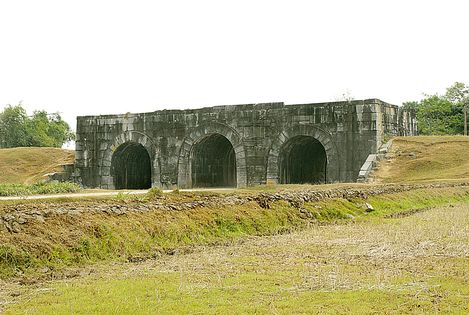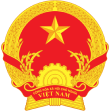Citadel of Hồ Dynasty
VGP – The United Nations Educational, Scientific and Cultural Organization (UNESCO) recently recognized the Hồ Dynasty Citadel in the central province of Thanh Hóa as a World Cultural Heritage site.
 |
|
South Gate: view from inside (SouthWest axis) management Broad of Citadel of the Hồ Dynasty |
The citadel's construction was supervised by the Trần dynasty's top mandarin, Hồ Quý Ly, who later occupied the citadel when he forcibly took the throne in 1400, changing the country's name from Đại Việt to Đại Ngu.
Hồ Quý Ly's rise to power began the short-lived Hồ dynasty, and that is why the citadel is still known as the Hồ Dynasty Citadel.
Also known as the Tây Đô Citadel, the ancient building is famous for being strategically located in a position that can ensure it is easily defended. The citadel is shielded by a mountain range to the north, while the Ma River runs to its west and the Bưởi River to the south, creating a huge natural moat.
Unlike many other citadels that were built from bricks, the Hồ Dynasty Citadel was built with huge stone slabs sourced from nearby mountains. It features four arched entrances facing east, west, north and south.
The large stone slabs required a new building technique that saw workers install the slabs without the use of any mortar. The citadel buildings represent an outstanding example of a new style of South-East Asian imperial city.
The citadel's grounds include the Hoàng Nguyên, Điện Thờ and Đông Cung palaces, which were linked by roads paved with stone.
The citadel itself includes constructions such as the Đàn Nam Giang (a platform used for offerings to the heavens), Đông Môn communal house and Tam Tông temple among other structures.
However, after several centuries, almost all of the citadel's main structures have been seriously damaged, while the wall and four main entrances are still preserved well.
Although the Hồ Dynasty only lasted from 1400 to 1407, Emperor Ho left a significant legacy. He is credited for pioneering the circulation of banknotes in Viet Nam, expanding the network of schools and promoting the use of the Vietnamese Nom ideographic script./.

